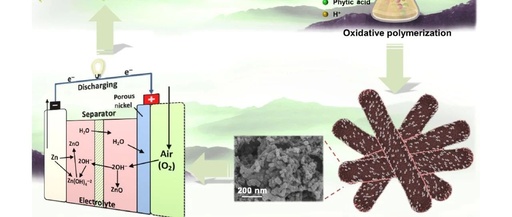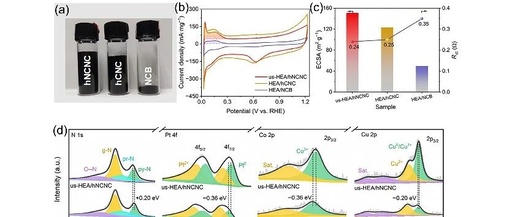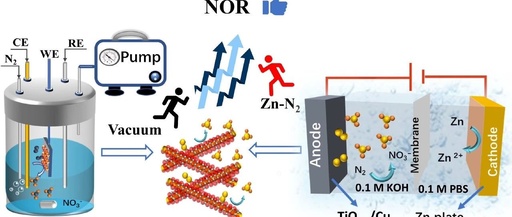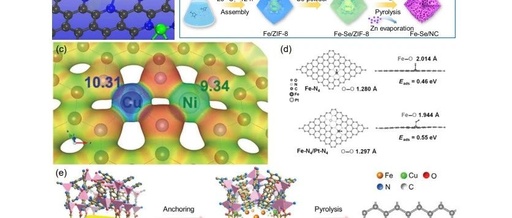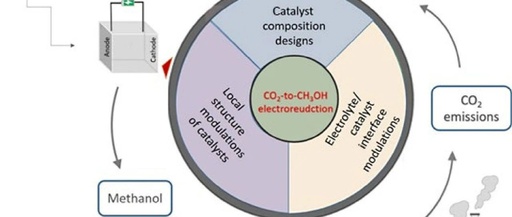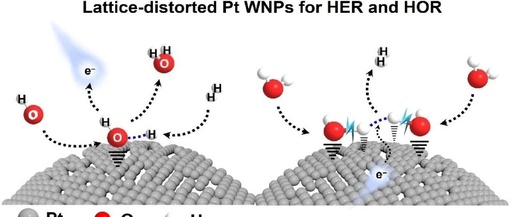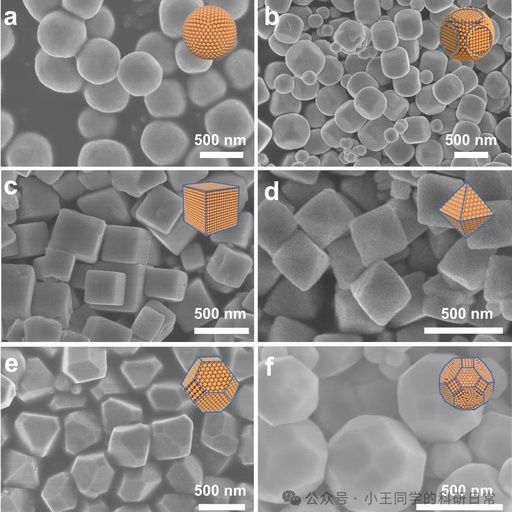High-Performance Redox Catalysts from Copolymer-Anchor Multimetallic Oxoacids
In the field of electrocatalysis, developing and synthesizing cathode electrocatalysts for metal-air batteries with high activity and long-term stability is a significant challenge.This article presents a novel in-situ nitridation and phosphidation strategy using phosphotungstic acid (HPW)-polyaniline-phytic acid-Fe3+ organic-inorganic hybrid materials to prepare W3N4 and WP.The resulting materials feature a three-dimensional porous framework, with a W3N4-WP … Read more
